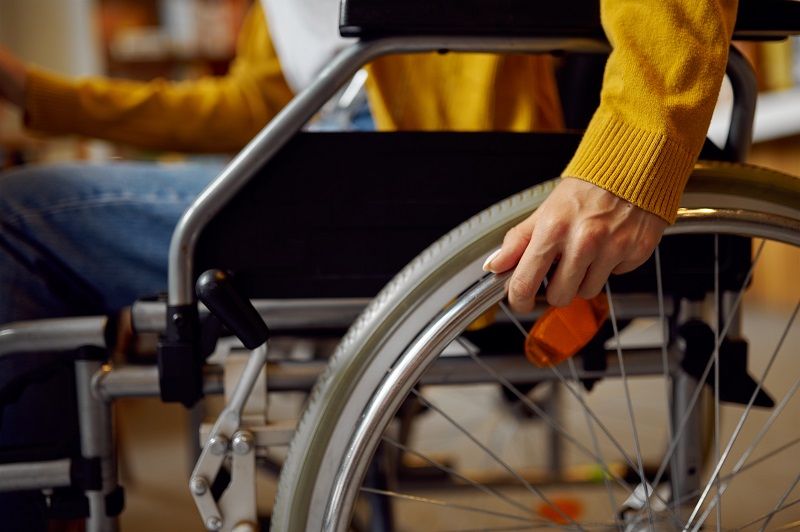Have you given thought to how you would assist a disabled colleague out of your office in case of an emergency? According to a new report laying bare how the safety and lives of the UK’s disabled workforce, and those dealing with access barriers, are at risk in an emergency, not many of us have.
Risky Business, a study from Evac+Chair International, found that one-quarter of UK business decision-makers do not even know how many disabled and mobility-impaired people are within their organisation.
Almost a third (29%) have only “some” or “very little” understanding of their responsibilities, with one in 10 either not prepared or unsure if they are adequately prepared to evacuate employees needing assistance safely.
An overwhelming 82% of organisations are calling on the Government to clarify their responsibilities surrounding fire safety, while more than two-thirds (67%) think evacuation equipment should be a legal requirement.
Lack of understanding and investment
Gerard Wallace, Managing Director of Evac+Chair International, said: “There are more than 4.8m disabled people in UK workplaces, and this figure is rising. Those responsible for their safety are falling short, with a clear lack of knowledge, understanding and investment amplifying risk in emergencies.
“Despite recent tragedies highlighting how important it is to be prepared to safely evacuate everyone from multistorey buildings, our findings show that safe evacuations for all clearly need to move higher up the agenda. Our report makes the case to the Government for better education and a firmer legal landscape.”
Government failings
Last year, disabled campaigners launched a legal challenge against the Government for failing to implement the Grenfell Tower inquiry’s call for evacuation plans for disabled people in high-rise buildings. The decision is expected imminently.
Staggeringly, more than two-thirds (67%) of decision-makers believe there is a culture of non-compliance or exploitation of loopholes in the business community surrounding evacuation measures.
More than one-quarter (27%) of respondents do not have someone responsible for evacuations. In contrast, one in five (19%) do not consider temporary mobility challenges – such as pregnancy or a broken leg – in their safety plans.
On regulation, 68% think that fire safety legislation does not do enough to protect those with access needs. At the same time, the equipment cost and a lack of information were the biggest challenges for business leaders in developing suitable emergency evacuation procedures.
Accessibility assessments
Sarah Rennie, an accessibility consultant and fire safety campaigner of Claddag, which represents disabled and older people impacted by the #BuildingSafetyCrisis following the Grenfell Tower disaster, added: “The disabled community, making up one in five of the working-age population, is placed in danger every day because of building design and management practices.
“The vast majority of us become disabled during our lives, so it’s important to expect colleagues to need support next week that they might not need today. Any day of the week, you should expect a disabled visitor, supplier or client to enter the building. Businesses must have practices in place to plan for known-unknown scenarios like this.
“…In workplaces, we need to ask ourselves what our practices say about how we value the lives of our disabled colleagues, visitors and friends.”
Wallace added: “Current legislation is not fit for purpose, offering little clarity to businesses and those responsible for multistorey buildings. This ambiguity, and the fact that the provision of appropriate equipment is not a legal requirement, is enabling a ‘slippery shoulders’ culture within businesses.
“Businesses are calling for more guidance and urging policymakers to make the law work harder for those facing access barriers. It’s time to close the legislative gap.”
To read the Risky Business report, click here.









